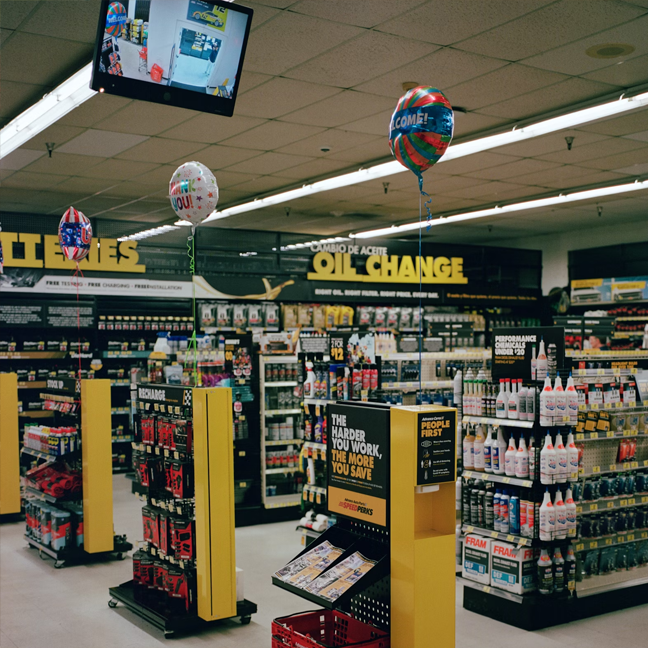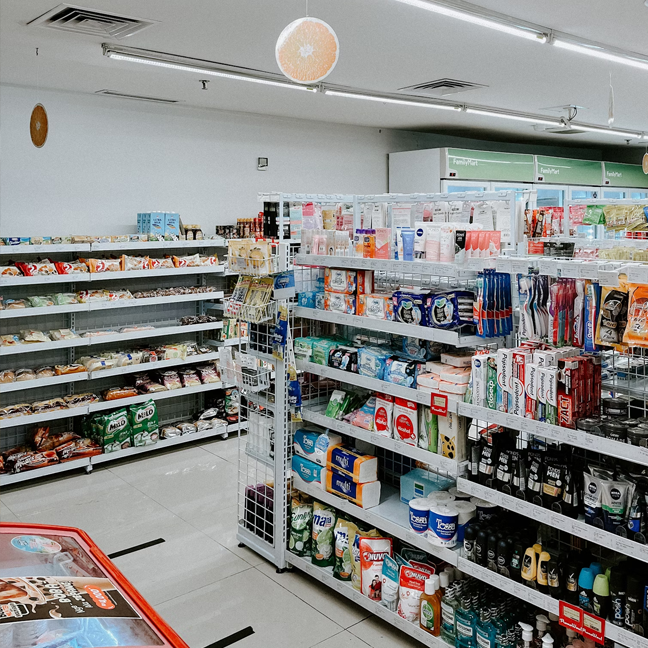How Credit Card Processing Works: A Guide for High-Risk Merchants
Whether you’re running a peptide business, a CBD shop, or an online firearms store, accepting credit cards is the lifeblood of e-commerce. But what actually happens when a customer swipes, taps, or clicks “Buy Now”? Understanding how credit card processing works helps you make smarter decisions about your payment stack—especially if you operate in a high-risk industry.
Here’s a simplified breakdown of how processing works and why it matters for your business.
The Players in Payment Processing
- Cardholder Your customer.
- Merchant That’s you, the business accepting payments.
- Payment Gateway A secure bridge between your website and your processor (think of it as the checkout system).
- Payment Processor The company that manages the transaction and communicates between parties.
- Merchant Acquirer (Acquiring Bank) The bank that provides your merchant account and deposits funds.
- Card Network (Visa, MasterCard, etc.) The rails that route the transaction.
- Issuing Bank The customer’s credit card bank.


What Happens When a Payment is Made?
Let’s break down a typical transaction flow:
Authorization
- A customer enters their card info on your checkout page.
- The payment gateway securely encrypts and forwards that data to the processor.
- The processor contacts the card network (e.g., Visa).
- The card network requests approval from the issuing bank (e.g., Chase).
- The issuing bank checks for available funds or credit and fraud risk.
- The transaction is approved or declined in seconds.
Batching & Settlement
- At the end of the business day, approved transactions are batched together by your processor.
- This batch is sent to the acquiring bank, which deposits the funds (minus processing fees) into your business account.
- Settlement typically occurs in 1–3 business days.


Funding
- You receive the net amount after fees and any reserves.
- In a high-risk account, your funding may include:
- A rolling reserve (e.g., 10% held for 6 months)
- Delayed settlements
- Higher fees due to risk exposure
The Role of Merchant Accounts
To process credit cards, you need a merchant account —this is NOT the same as your business bank account.
- Regulatory scrutiny
- Higher chargeback rates
- Delayed fulfillment or future delivery (e.g., travel, furniture)
- Legal gray areas (e.g., CBD, kratom, nutraceuticals)

If you're in one of these verticals, a standard Stripe or Square account won’t last. They often shut down accounts without warning, freezing your funds and killing your cash flow.
Why Risk Level Affects How You Process
High-risk businesses face unique payment challenges:
Risk Factor | Impact |
Chargebacks | Higher fees, rolling reserves, stricter underwriting |
Regulatory Compliance | Need for KYC/AML checks, PCI compliance, FFLs, age-gating |
Industry Type | Some processors flat-out decline entire categories (firearms, CBD, adult, etc.) |
Reputation Risk | Banks don’t want media blowback from controversial sectors |
What Makes a Good High-Risk Processor?
If you’re in a regulated or restricted space, look for a processor that offers:
- Experience in your industry
- No hidden fees or outrageous reserves
- Chargeback mitigation and fraud tools
- Compliance support (PCI DSS, product legality)
- Integration with your shopping cart or CRM
- Fast funding and transparent reporting

Final Thoughts
Processing payments is more than just collecting money—it’s about building a stable foundation that helps your business scale without disruption. If you’re a high-risk merchant, you deserve a partner who understands your unique challenges.

